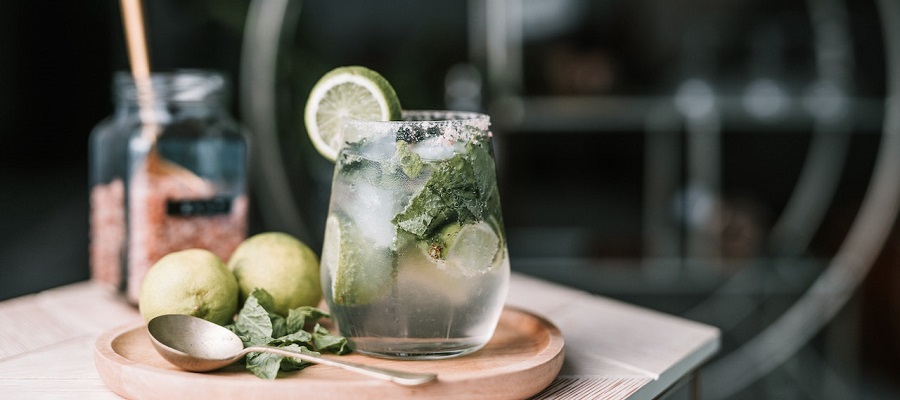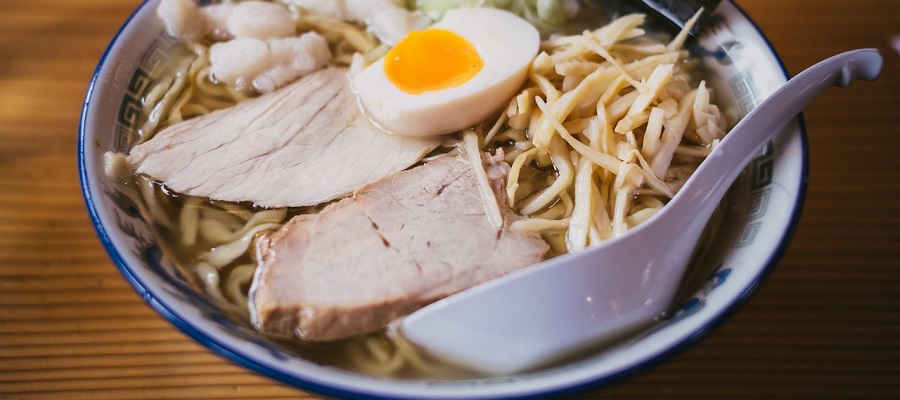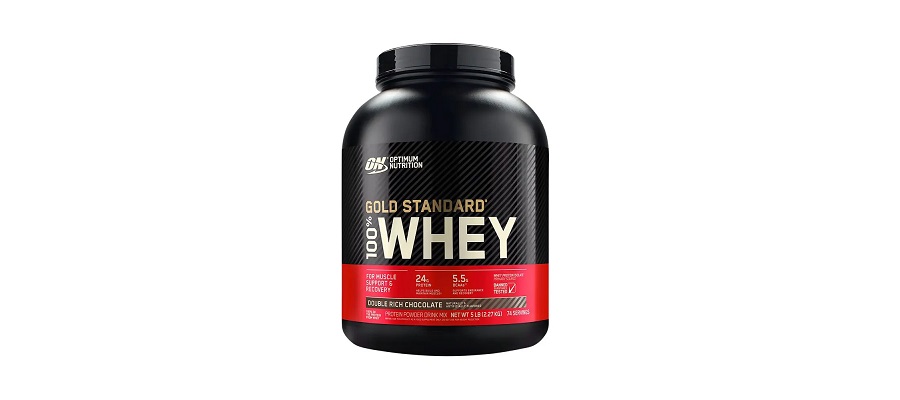A mojito is a popular cocktail made with white rum, sugar, lime juice, soda water, and mint. It is traditionally served over ice in a tall glass and garnished with a slice of lime and a sprig of mint. The ingredients are mixed together and then muddled, or crushed, to release the flavors of the mint and lime. Some variations of the mojito also include fruit or other flavors, such as berries or passion fruit. The mojito is a refreshing and classic cocktail that is enjoyed by many people around the world.
Is mojito made with alcohol?
Yes, mojitos are made with alcohol. Specifically, they are made with white rum, which is a type of distilled spirit made from sugarcane or molasses. The alcohol content in a mojito will vary depending on the amount of rum that is used and the size of the serving. In general, a standard serving of a mojito made with 1.5 ounces (44 mL) of rum will have an alcohol content of around 12%. However, the alcohol content can be adjusted by using more or less rum or by adding other non-alcoholic ingredients to the cocktail. It's important to remember to drink responsibly and to never drink and drive.
What alcohol is best for Mojitos?
Traditionally, mojitos are made with white rum. White rum is a light-colored, smooth-tasting spirit that is made from sugarcane or molasses. It is aged for a shorter period of time than other types of rum, which gives it a milder flavor and a clearer appearance. The light, clean flavor of white rum pairs well with the mint and lime in a mojito, and it helps to balance out the sweetness of the sugar and the tartness of the lime juice.
That being said, you can experiment with different types of rum to find the one that you like best in your mojitos. Dark rum, for example, is aged for a longer period of time and has a richer, deeper flavor that can add depth to the cocktail. Some people also like to use aged rum, which is aged for a longer period of time and has a more complex flavor profile, or flavored rum, which is infused with flavors like coconut or pineapple. Ultimately, the best rum for a mojito is a matter of personal preference, so you can try out different types and see which one you like best.
Are Mojitos full of sugar?
Mojitos are made with sugar, which helps to balance out the tartness of the lime juice and the refreshing flavor of the mint. However, the amount of sugar in a mojito can vary depending on personal preference and the specific recipe that you are using. Some mojito recipes call for as little as half a teaspoon of sugar, while others may use a full teaspoon or more.
If you are concerned about the sugar content in your mojitos, there are a few things that you can do to adjust the sweetness level. One option is to use a sugar substitute, such as stevia or agave nectar, in place of the granulated sugar. You can also reduce the amount of sugar that you use, or omit it altogether if you prefer a less sweet cocktail. It's also worth noting that the rum itself may contribute some sweetness to the cocktail, so you may find that you can reduce the amount of sugar that you use if you are using a rum that has a naturally sweet flavor.
What does mojito taste like?
Mojitos are refreshing cocktails with a distinct flavor profile. They have a combination of sweet, sour, and minty flavors that come together to create a delicious and thirst-quenching drink.
The main flavors in a mojito come from the white rum, lime juice, and mint. The white rum adds a smooth, slightly sweet flavor to the cocktail, while the lime juice provides a tart, citrusy note. The mint adds a refreshing, cool flavor to the drink and helps to balance out the sweetness of the rum and the tartness of the lime. The soda water helps to lighten the texture of the cocktail and adds a slight bubbly quality.
Overall, a mojito is a well-balanced cocktail with a refreshing, tropical flavor. The combination of the mint, lime, and white rum creates a unique and delicious flavor that is perfect for sipping on a hot day or enjoying as a refreshing after-dinner drink.
Do Mojitos give you hangovers?
Like any other alcoholic beverage, mojitos have the potential to cause a hangover if they are consumed in excess. A hangover is a group of unpleasant symptoms that can occur after drinking too much alcohol, including headache, nausea, fatigue, and dehydration. The severity of a hangover can vary from person to person and depends on a number of factors, including the amount of alcohol consumed, the speed at which it was consumed, and an individual's tolerance to alcohol.
To help reduce the risk of a hangover after drinking mojitos or any other alcoholic beverage, it's important to drink in moderation and to stay hydrated. It's also a good idea to eat something before or while you are drinking, as food can help to slow the absorption of alcohol into the bloodstream. Avoiding drinks that are high in congeners, which are chemical by-products of the fermentation process, may also help to reduce the severity of a hangover. Congeners are found in higher concentrations in darker-colored alcoholic beverages, such as red wine, brandy, and dark rum, so choosing a clear or light-colored drink like white rum or vodka may help to reduce the risk of a hangover.
Why you should not shake mojitos
Mojitos are traditionally made by muddling, or crushing, the mint and lime in a glass before adding the other ingredients. Muddling helps to release the flavors of the mint and lime and mix them with the other ingredients in the cocktail. Shaking a mojito, on the other hand, can cause the mint leaves to become bruised and release a bitter flavor into the drink. It can also cause the cocktail to become overly diluted if it is shaken for too long.
To make a mojito, it is generally recommended to muddle the mint and lime in a glass and then add the remaining ingredients, including the white rum, sugar, and soda water. Stir the ingredients gently to combine them, taking care not to bruise the mint leaves. If you prefer a more evenly mixed and smoother-textured cocktail, you can also use a blender to combine the ingredients and then strain the mixture into a glass. However, be sure to use a gentle blending speed to avoid bruising the mint leaves.


